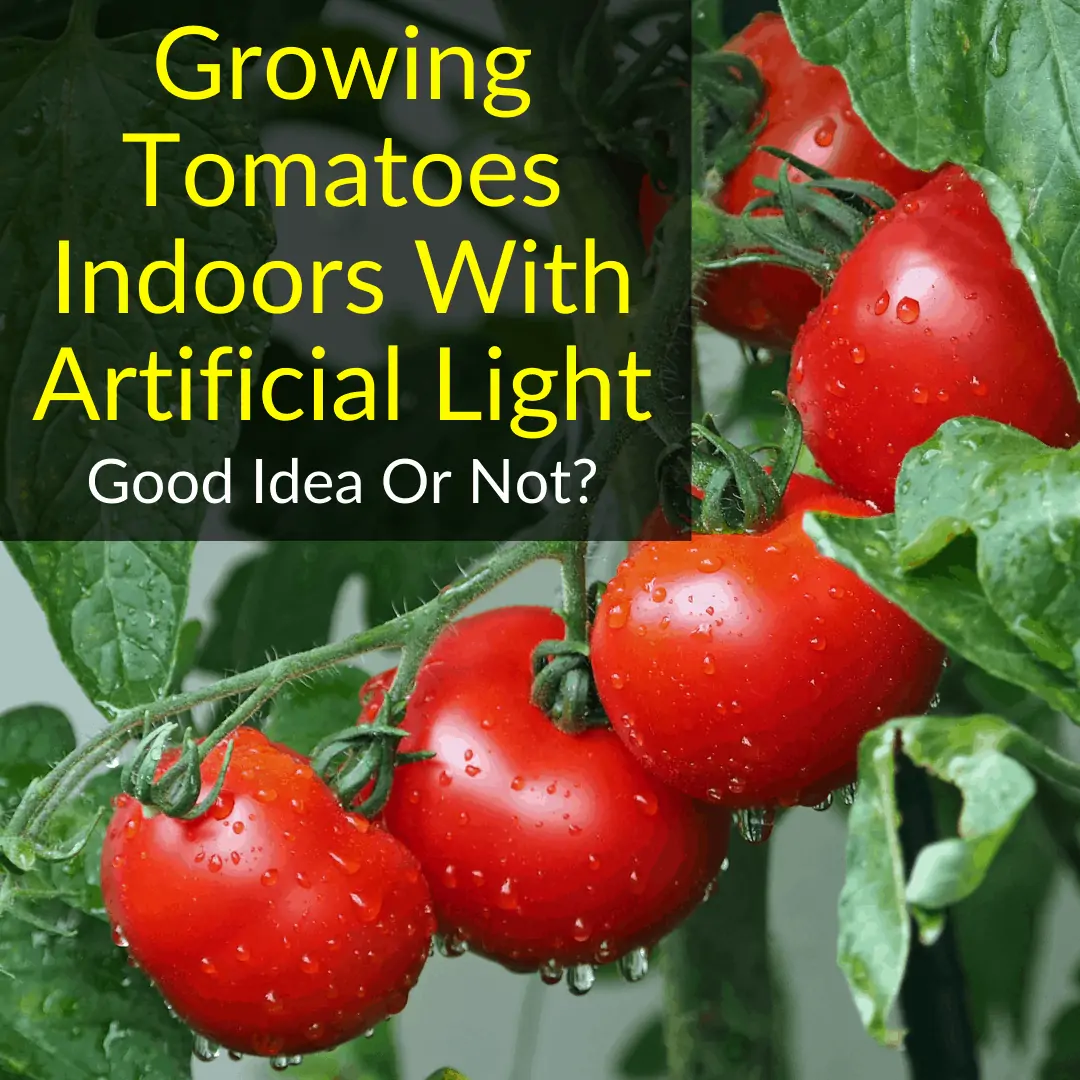
And that is true.
But it’s not a lot more work. And the extra work is actually one of the biggest advantages to growing indoors.
Indoors, you control everything. Your plants are not at the mercy of the weather.
Yes, this means a bit extra work setting up the ideal environment. But once you get it set up, you get better harvests and you can harvest year round.
What if you live in an area where tomatoes grow well outdoors? Does it still make sense to grow them indoors instead.
Keep reading to find out and to learn everything else you need to know about growing tomatoes underneath artificial grow lights.
Contents
Growing Tomatoes Indoors With Artificial Light: Good Idea?
This is not a trick question, and there is a simple answer. Yes, it’s a great idea!
If you do not have access to an outdoor garden and you want to grow some tasty healthy tomatoes, grow them indoors! With the convenience of science and modern technology we can now do things that were impossible years ago.
What You Will Need
Here is what you will need to successfully grow tomatoes indoors using plant grow lights.
A Good Space
A room in your house with a window would be best. If you do not have a window room, any room will do, since you are going to use artificial light.
Tomatoes love natural sunlight, so if you can provide this, it is a bonus. It also saves you on your electric bill, since you won’t need to use as much artificial light.
Your growing room needs to have ventilation. A fan with a cracked door is fine, in most cases. The room also needs to have power outlets for your grow lights, and other equipment you may need (like the fan).
Seed Trays
You can purchase seed trays from any home improvement store, or from Amazon. They do not cost much money. This is a good one.
You can also make do with egg cartons if you want to do it on the cheap. The seed tray or egg carton is used to get the seeds started from nothing to germination.
Water Source
This goes without saying, but plants like tomatoes need water. No list of materials would be complete without mentioning this, so we included it on this list. Water you have on tap will do the trick, unless it is especially hard or contaminated.
Heating Mat
This is not 100% necessary, but is well worth the investment. A heating mat significantly speeds up the seed germination phase, which always feels a bit like watching water boil.
Special Non-Soil Planting Mix
The important points here are the following:
- Must be sterile
- Must not contain garden or topsoil
Tomatoes are vulnerable to the fungi that common dirt and soil contain. Since you are growing them indoors you have a great opportunity to control the environment! Get sterile soilless planting mix and thank me later.
Grow Light(s)
Since tomatoes need 8 hours of direct sunlight per day to grow, the energy consumption and heat output of traditional light bulbs can be a concern.
CFL or compact florescent lamps are a great option for indoor growing, because they are more efficient. They use less power while giving more output.
LED lights are even better, but they are more expensive than CFLs. Buy LED grow lights if you have the budget, or if you have a larger garden. Otherwise, go with fluorescent bulbs.
There are also T5 LEDs, which are basically LED versions of fluorescent tubes. Those work great, too.
For help on figuring out how much light you need, read this article.
Stakes
The stakes help your plants grow upward and give them a surface to grab onto to get more light into their leaves. If you are growing a bigger garden, you can use trellis or even a cage. This gives the vines more surface area to cling to and exposes more leaves to the direct light for maximum photosynthesis.
Large Plant Containers
Depending on how many plants you are going to grow inside, you may need only one pot. Or you might prefer a different kind of container, if you are growing many plants. You can purchase planting troughs or extra big pots like this one online for not too much money!
How To Grow Tomatoes Indoors
Tomatoes are not the easiest plant to grow successfully, whether outside in the garden or in a spare room.
You will need to be committed to this to be successful, because there will be challenges along the way. Of course, a successful tomato harvest makes all the hard work worth the effort.
Choose The Right Tomato Variety
You will need to be well-versed in the needs of the different tomato varieties to choose the best one to grown in your situation.
For example, there are tomatoes that bush out and some that grow on vines. You will need to determine which works best with your space.
Determinate Tomato Plants
Determinate tomato plants produce all their tomatoes at the same time. This variety gets its name because you can predict, or determine, how much it will produce.
Indeterminate Plants
This is the vine-type plant that continues to grow all season and keeps producing more tomatoes. It will produce an indeterminate number of tomatoes, because you never know how big it will get.
Most hobbyists opt for determinate tomato plants indoors, because they are easier to predict and control.
Choose Your Potting Mix
As discussed earlier, it is best to get a sterile potting mix that does not have fungi or other undesirable ingredients. More important than sterility is that the soil is a variety that is good for drainage. A good coarse potting mix with ample drainage is crucial to setting up your tomato plants for success.
Pot Your Seeds Correctly
Using your egg carton or seed trays, place the potting mix into the trays. Then take 2 seeds and bury them about ¼ inch down into your soil in each tray or egg carton recess.
Now take a water sprayer and mist all your trays and cover them up to keep the humidity in. Try to keep your seeding trays or egg cartons at about 63° Fahrenheit, or as close to it as you can.
Maintaining the correct temperature is critical for germination. If all goes well, you should see little sprouts starting after two weeks or so.
Transplant Your Sprouts To Pots
After your seeds have begun to sprout and reached just about 2 inches tall, it is time to move them into a bigger container. To have a happy plant, your container needs to be a minimum of 12 inches deep, or the roots will not have enough space to expand.
Place Your Pots
At this point you need to make sure your pots are positioned in such a way that they can drain efficiently and have plenty of exposure to your light source.
If you have several pots in the room, make sure each one has plenty of space around it for the bushes or vines to expand.
Nobody wants to be crowded, and a corner is never a good place for a tomato plant. Place them with open air on all sides and several additional inches of space for expansion.
Growing Tomatoes Indoors With Grow Lights: Final Thoughts
Even if you live in an area with a suitable climate for tomatoes, you may still want to grow them indoors. Doing so means you have full control over everything.
Your plants are not at the mercy of the weather and other external factors. In addition, you can harvest tomatoes year-round from an indoor grow. Outdoors, you only get one harvest per year.
If you’re looking for another good vegetable to grow indoors, how about pepper? Follow our step-by-step guide to growing peppers indoors under grow lights and you can’t go wrong!
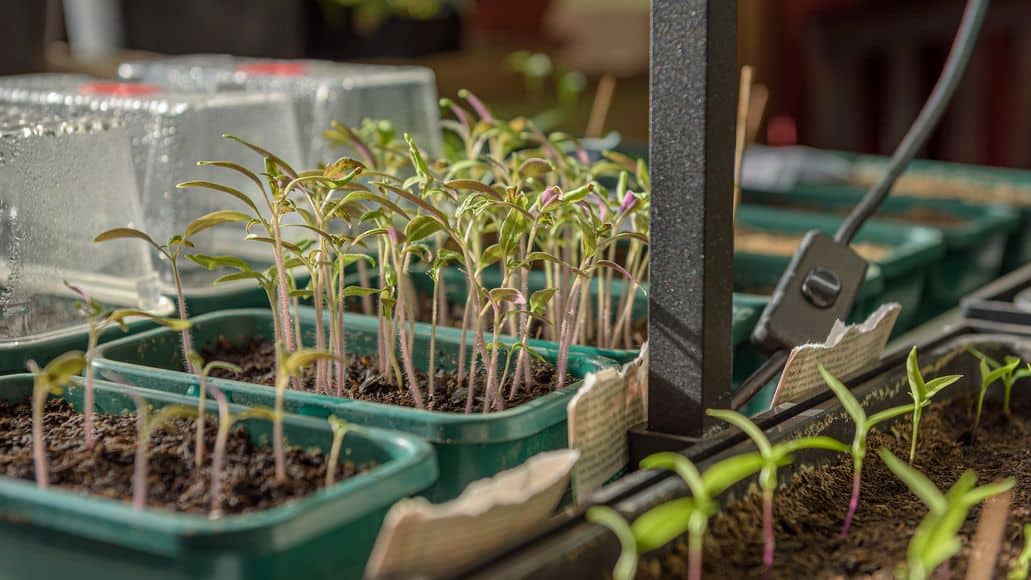
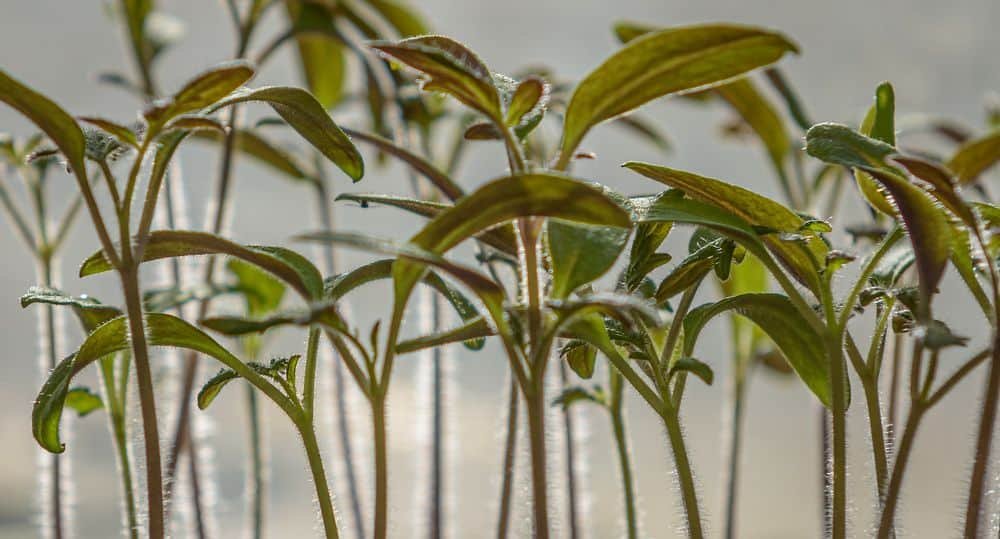
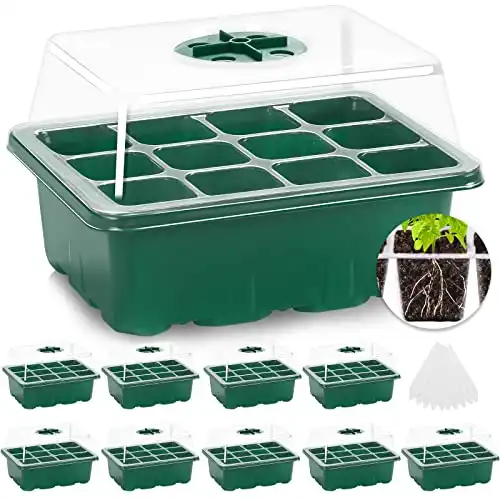
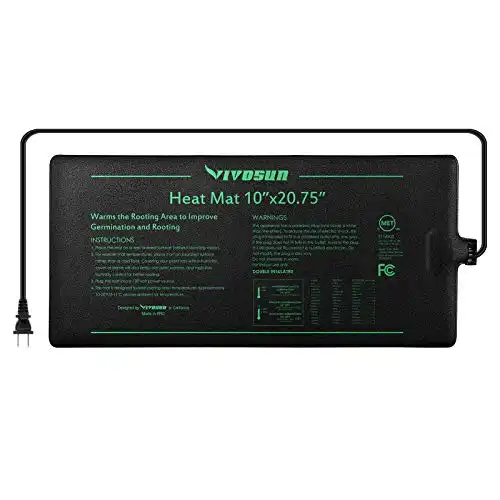

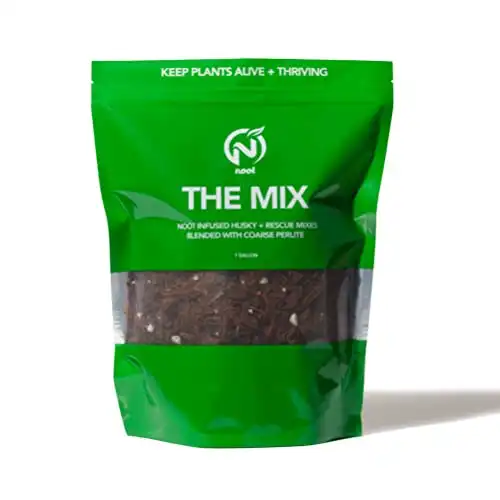
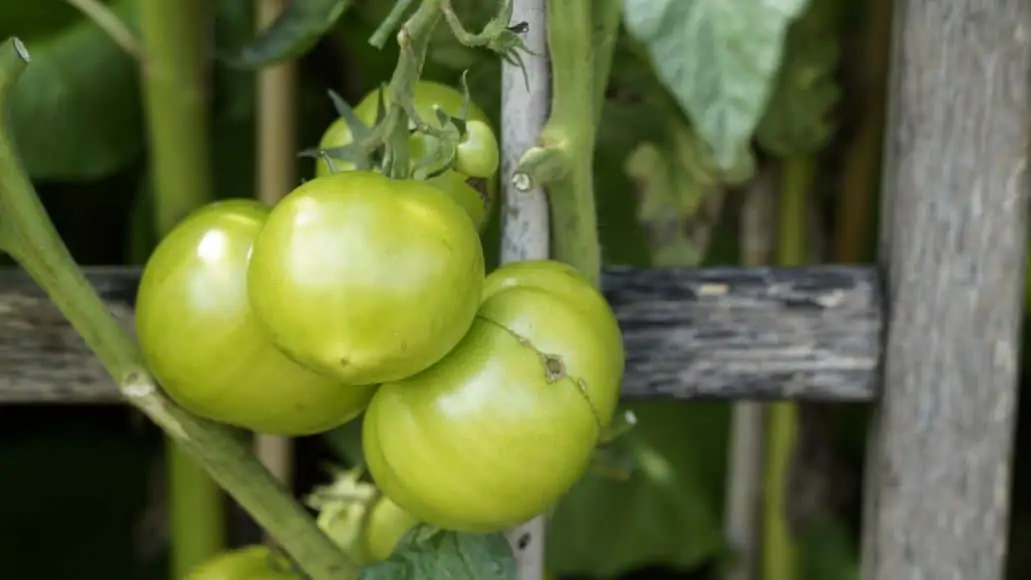
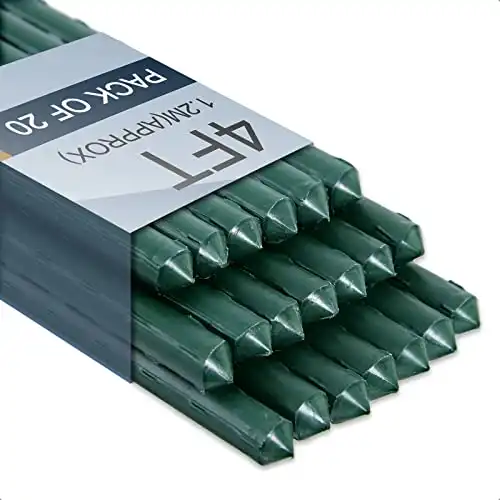

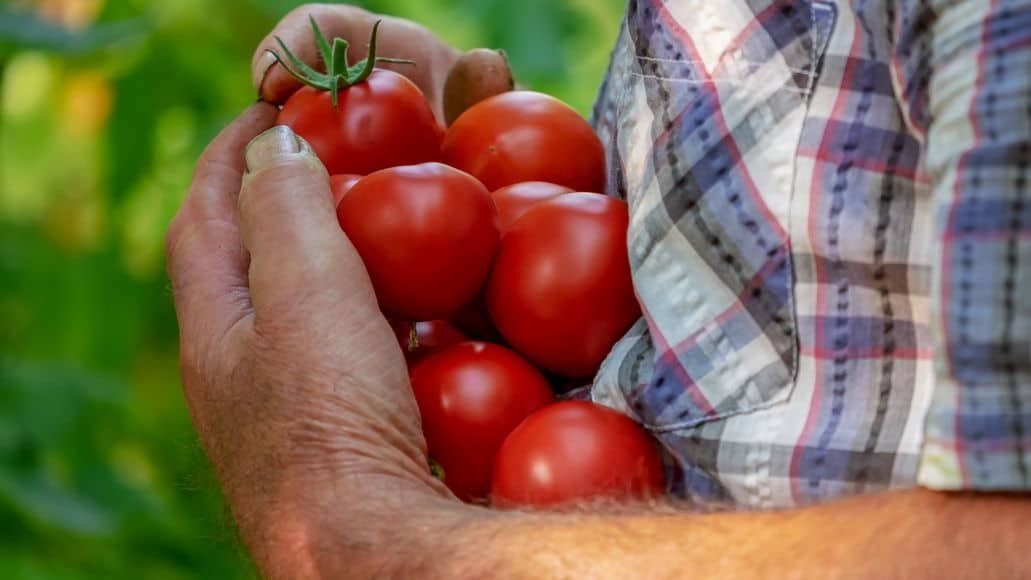
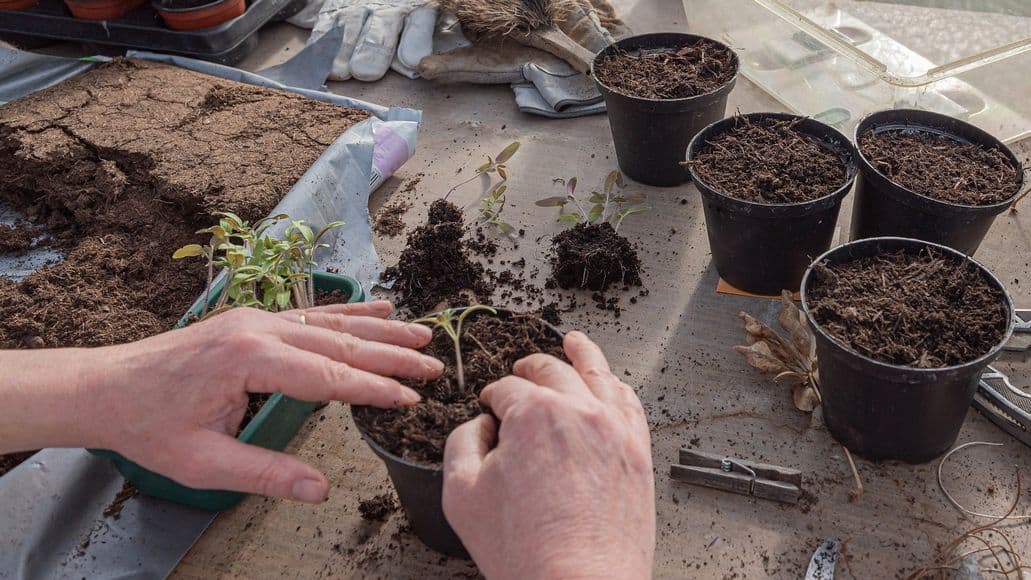
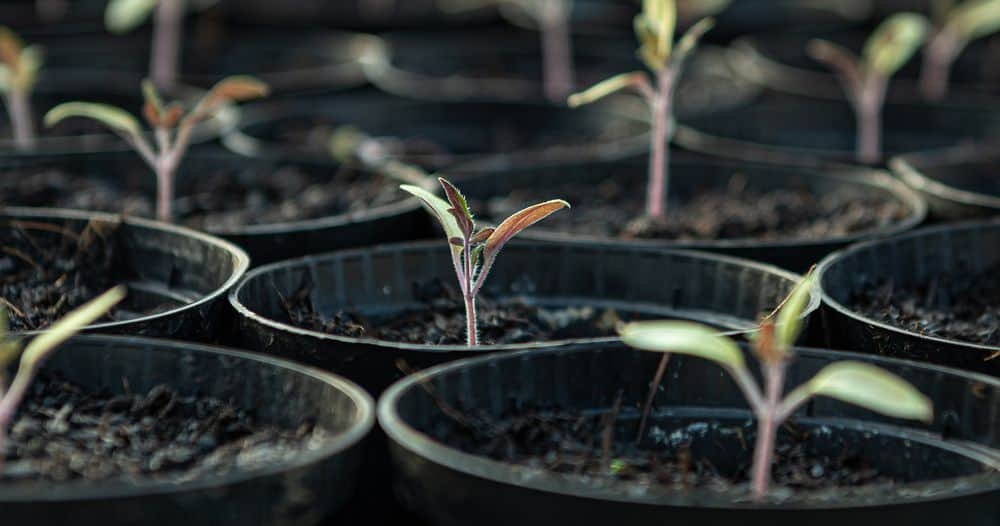
Leave a Reply